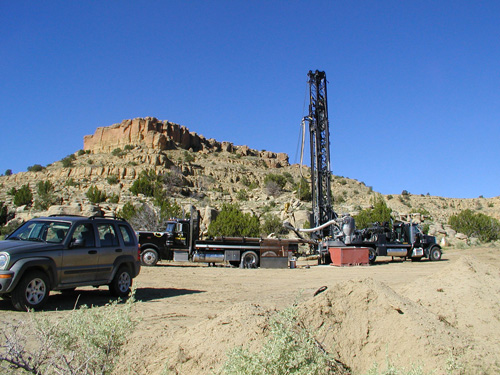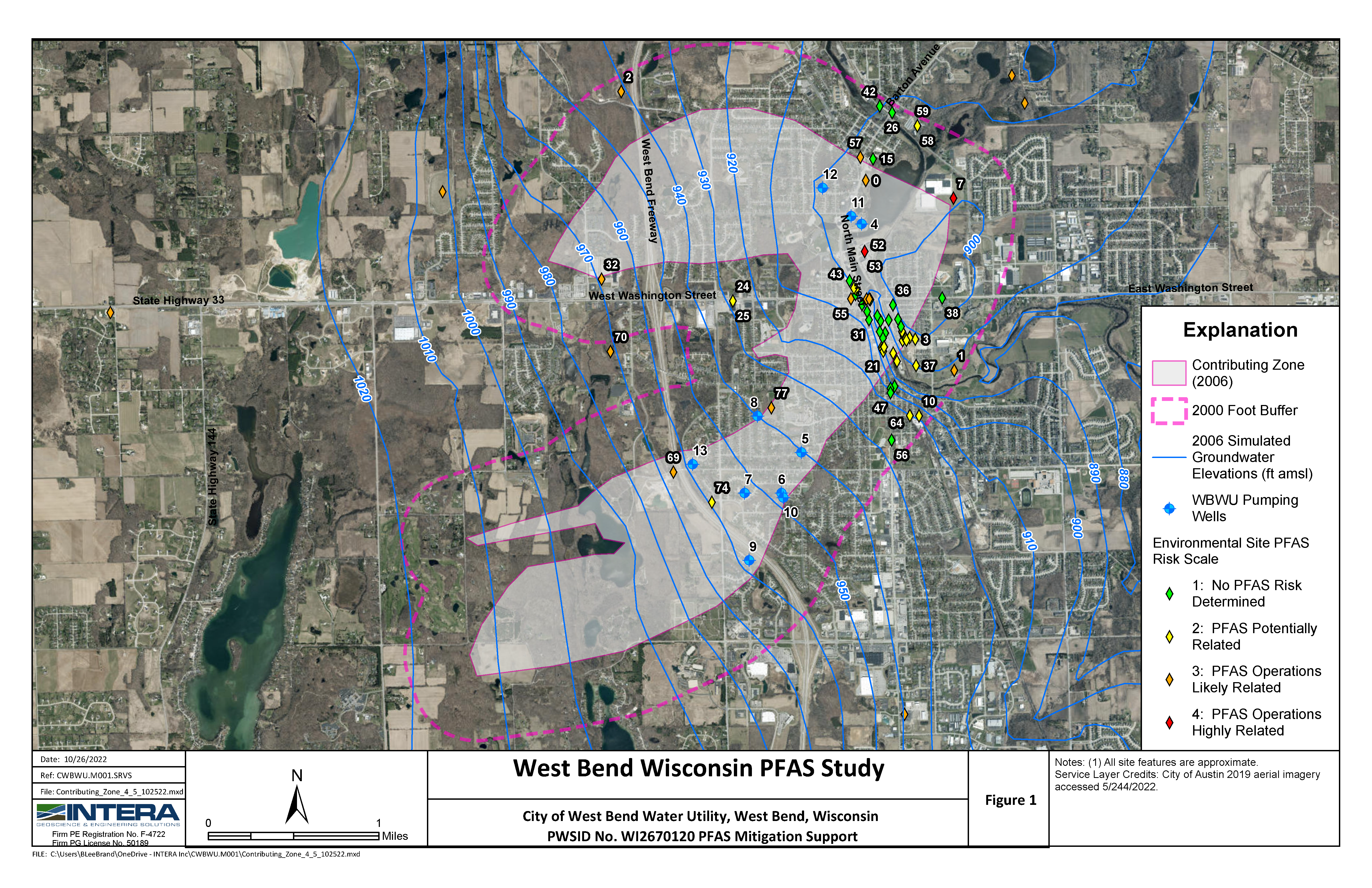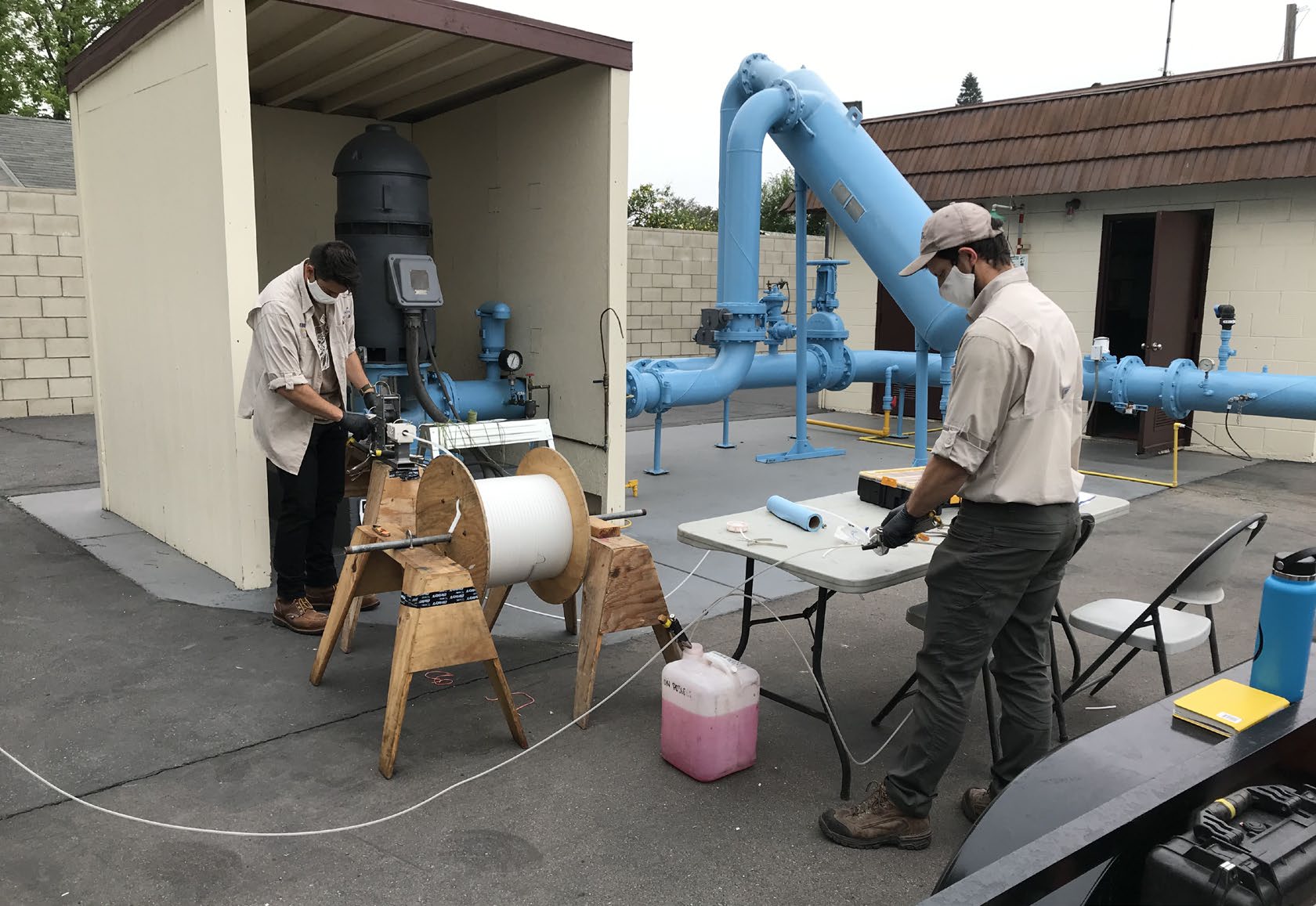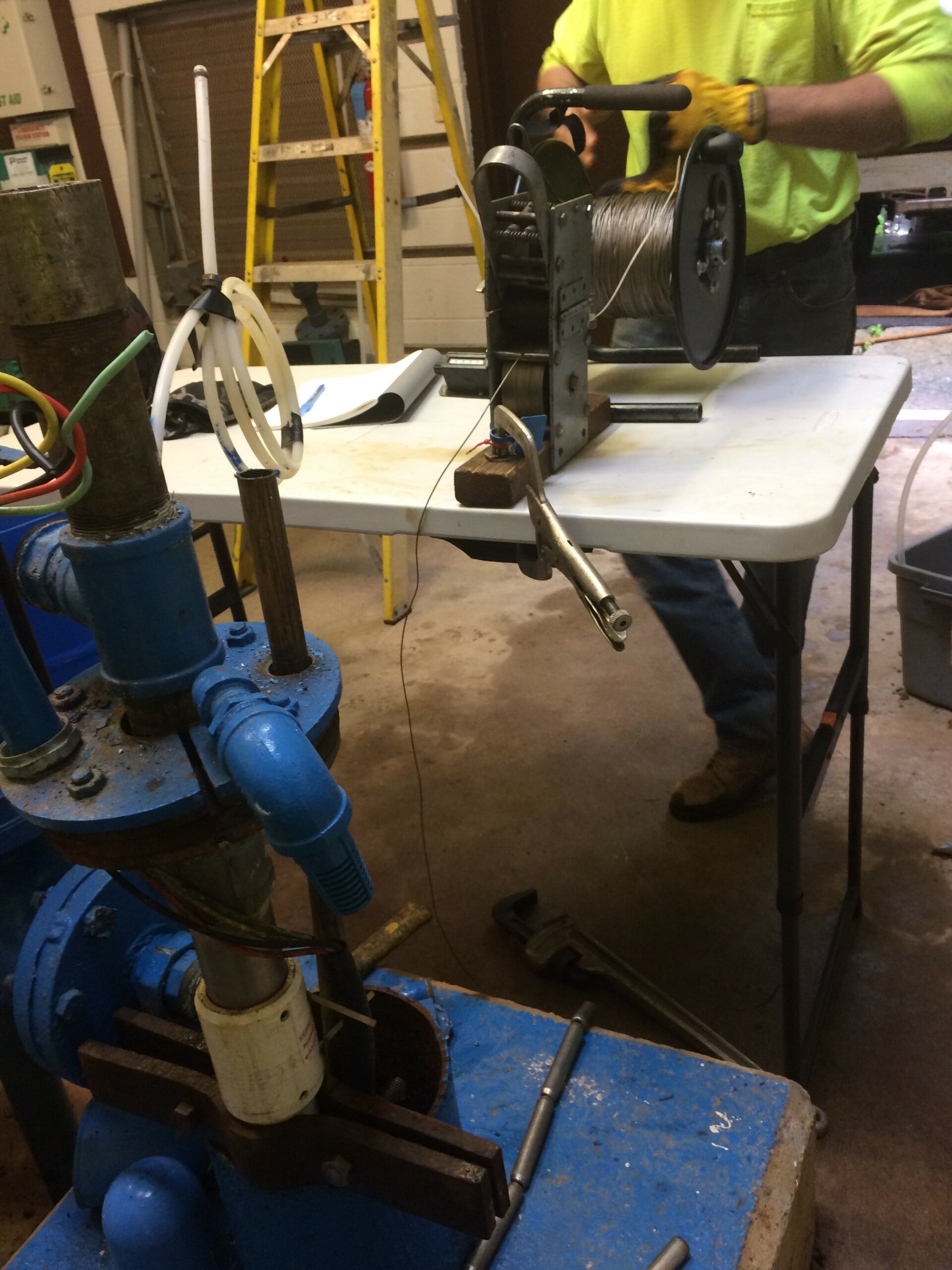
Challenge. Develop and implement remedial action strategy and plan for closing an inactive uranium mine site
Solution. INTERA has developed technical and regulatory strategies for site characterization and closure of this inactive uranium mine site that includes a pit lake, a dry pit area, non-economic ore piles, and overburden piles associated with past mining activities. The site is being closed under the New Mexico Environment Department’s (NMED) abatement regulations. Our tasks have included surface water and groundwater impact investigations and modeling; aquifer testing; recharge analysis; pit lake characterization; development of an overburden characterization approach; and a remedial alternative feasibility analysis. The overburden characterization approach was patterned after a compositing methodology developed by the United States Geological Survey that focuses on the potential for erosion processes to cause impacts to surface water and groundwater. INTERA demonstrated the effects of a distributed ore zone on the variability in groundwater quality at the site and how natural attenuation is preventing the spread of contamination. We used a multiple accounts analysis process to evaluate remedial alternatives for tracking numerous inputs from multiple stakeholders and developed a GIS-based tool to allow users from various locations to perform alternatives analysis. INTERA has led the stakeholder involvement process which has resulted in agreement and acceptance of the final remedial action strategies. We also developed an innovative approach for development of an alternative abatement standard (AAS) petition that relies on integration of detailed vadose zone, groundwater, and geochemical sampling, instrumentation and modeling to demonstrate no migration. The Stage 2 Abatement Plan, which includes the AASs that are being proposed to the Water Quality Control Commission was approved by the NMED. Implementing this abatement strategy will result in a more cost-effective remedial action at the site that is still protective of human health and the environment.




